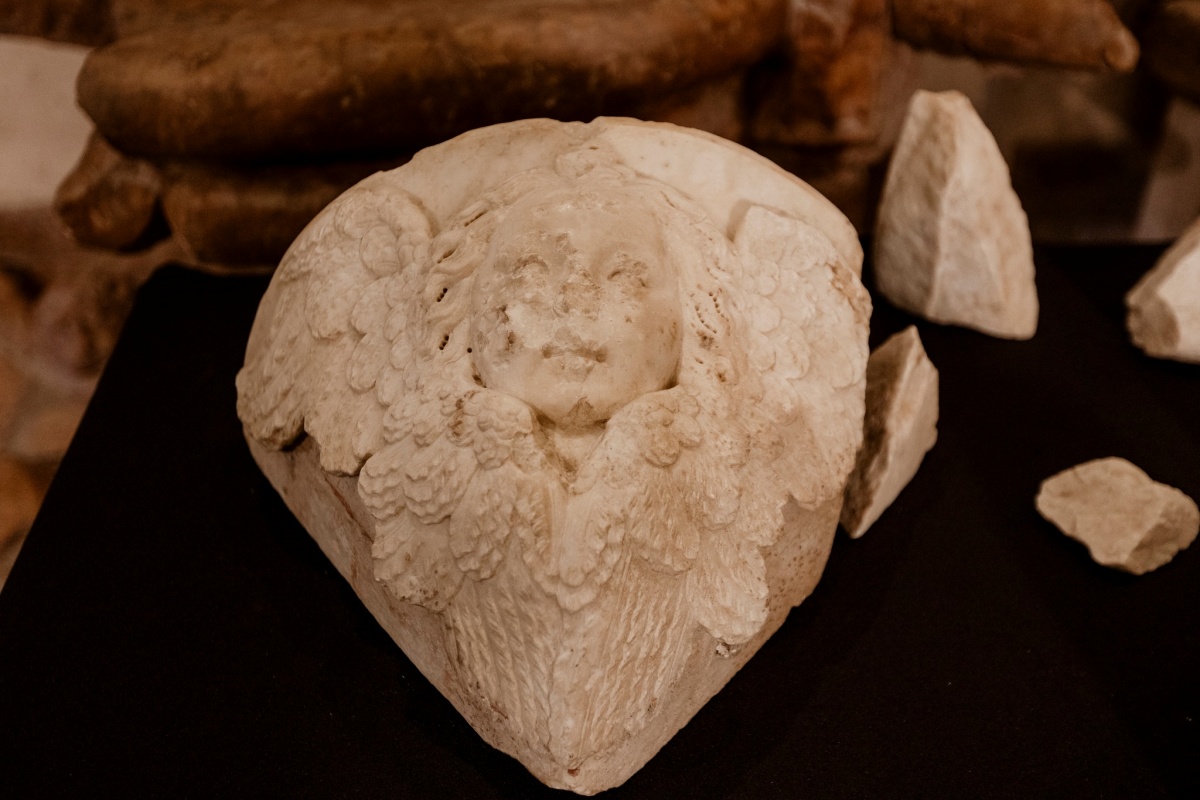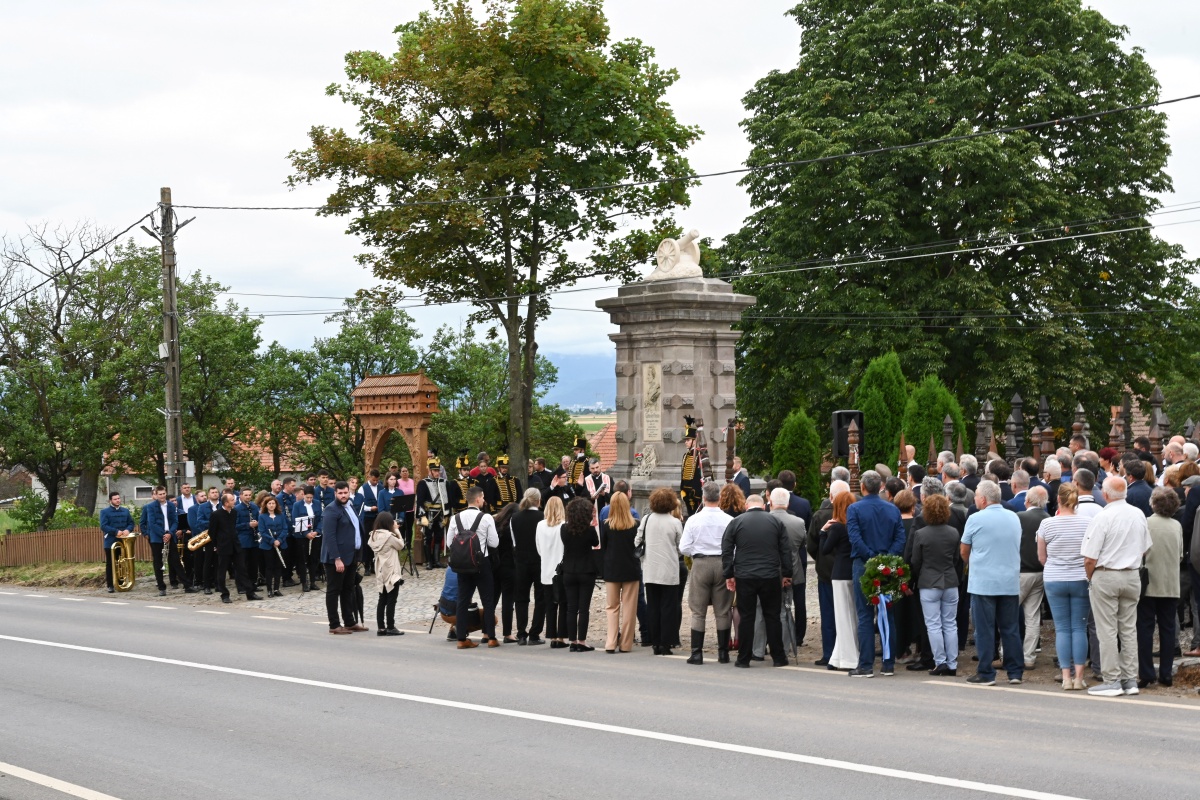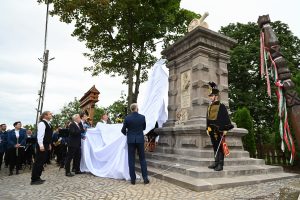
This discovery was confirmed by Professor Francesco Caglioti from the University of Pisa.Continue reading

At a ceremony in Eresteghin (Eresztevény), Transylvania, Tamás Vargha, Secretary of State of the Ministry of Defense, emphasized the importance of remembering and honoring heroes amid current global conflicts.
The event marked the dedication of the renewed tomb of Áron Gábor, a Szekler cannon maker killed in the 1849 Battle of Kökös. Initially erected in 1892, the monument’s original plan to feature a wheeled cannon was realized during the recent renovation, coinciding with the 175th anniversary of Gábor’s death.

Photo: MTI / Kátai Edit
In his speech, Mr. Vargha stressed the significance of historical remembrance, warning that neglecting the past endangers both individual and national identity: “the lack of respect for the past is dangerous for the individual and the nation as a whole, because if there is nothing to look back on and nothing to draw strength from, both the individual and the nation lose ‘the most important landmarks necessary for their survival.’”
He noted the moral imperative of honoring heroes, stating,
we remember our heroes not only because it is our moral duty to do so, but because they remind us that we have something to lose and therefore something to defend.”
The Secretary of State highlighted the unity and solidarity demonstrated by the hero of the freedom fight and his comrades, emphasizing their lasting influence: “The famous vow of Áron Gábor, ‘Let there be cannon,’ is becoming a reality for the second time today, as there will be cannon on the monument.”

Áron Gábor on Zsigmond Pollák’s engraving (1881). Picture: Wikipedia
Sándor Tamás, President of the Covasna County Council, spoke of Gábor’s legacy and the historical challenges of preserving his memory, recalling the desecration of Gábor’s grave by Cossacks. He celebrated the completion of the monument’s final feature, a stone-carved wheeled cannon, as a restoration of Szekler dignity. János Deszke, President of the Democratic Alliance of Hungarians in Romania (RMDSZ), and local religious leaders also honored Gábor.
The restoration, based on original plans by Győző Gyárfás, was a collaborative effort involving several organizations, including the Rotary Club of Sfântu Gheorghe (Sepsiszentgyörgy) and the Hármas Foundation.
Following the ceremony, attendees paid tribute at Gábor’s bust at the nearby Benke mansion. An exhibition titled “The Candles of the War of Independence” was opened by the Liszt Institute in Sfântu Gheorghe, with a lecture on Gábor’s final resting place delivered by journalist Péter O. Váry.
Via MTI; Featured Image: MTI / Kátai Edit